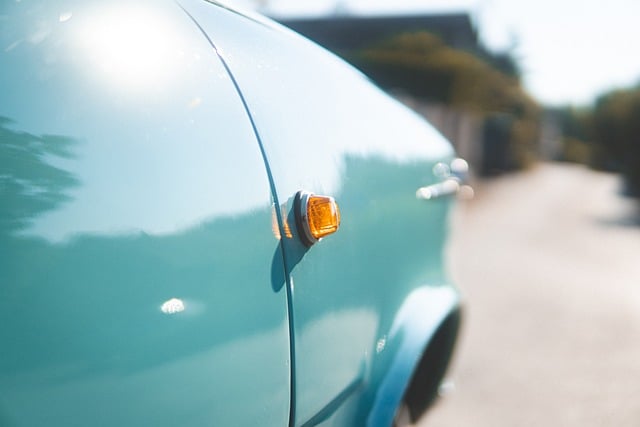How to Find Out Who is Scratching Your Car on the Street
How to Prevent Your Car from Getting Scratched on the Street: A Comprehensive Guide
Parking your car on the street can be stressful due to the risk of damage, such as having your paint scratched. Here, we present a series of strategies and tips to minimize the chances of this happening.
1. Choose Your Parking Spot Carefully
One of the most important factors is where you decide to leave your car. Opt to park on well-lit streets with a lot of pedestrian traffic, as visibility deters vandals. Avoid isolated areas or those known for vandalism.
2. Use Protective Covers
Car covers not only protect against dust and weather conditions but can also deter someone from scratching the paint. A cover makes it less attractive and more difficult to quickly damage the vehicle without being seen.
3. Install Surveillance Cameras
If possible, install a surveillance camera or dashcam that records while the car is parked. Some cameras have motion sensors and can deter potential vandals by making them aware they are being recorded.
4. Use Decals and Warning Signs
Placing stickers indicating the presence of a security system or cameras can be an effective measure. Even if you do not have an advanced system, the perception of security can be enough to deter vandals.
5. Use Technology to Your Advantage
There are alarm systems that can detect attempts of vandalism. Installing additional sensors that react to vibrations or attempts to force doors and windows can alert you in time to prevent damage.
6. Physical Barriers
Place rubber or plastic protectors on the sides of the car. Although they are primarily designed to prevent damage when opening doors in parking lots, they can also reduce the severity of intentional scratches.
7. Avoid Leaving Valuables in Plain Sight
Do not leave valuables visible inside the car, as they can attract criminals and increase the risk of them attempting to enter or damage your vehicle.
8. Connect with the Community
Neighborhood watch programs are a powerful tool. Stay connected with your neighbors and participate in community watch groups. A united neighborhood can be much more effective in deterring vandalism.
9. Park in Garages or Monitored Parking Lots
Whenever possible, use garages or parking lots with surveillance. Although it may have an additional cost, the security and peace of mind it offers can be worth it.
10. Additional Protective Measures
Marking Parts: Consider marking your mirrors and other parts with a unique identifier. This can help trace components if they are stolen. Anti-theft Screws: Use special screws on mirrors and other easily removable parts to make theft more difficult.
Conclusion
Protecting your car from vandalism and scratches on the street requires a combination of preventive strategies and security devices. While no measure can guarantee complete protection, implementing these tips can significantly reduce the risk and provide greater peace of mind.
At cerorobos.com, we believe that with a little preparation and attention, you can effectively protect your vehicle. If you are interested in learning more about how to protect other aspects of your daily life, feel free to explore our other articles on security and theft prevention.

